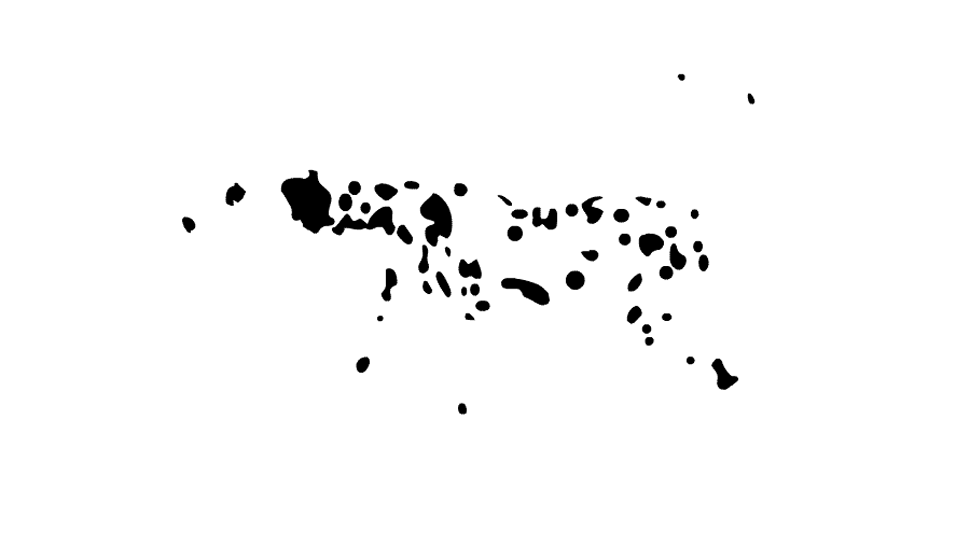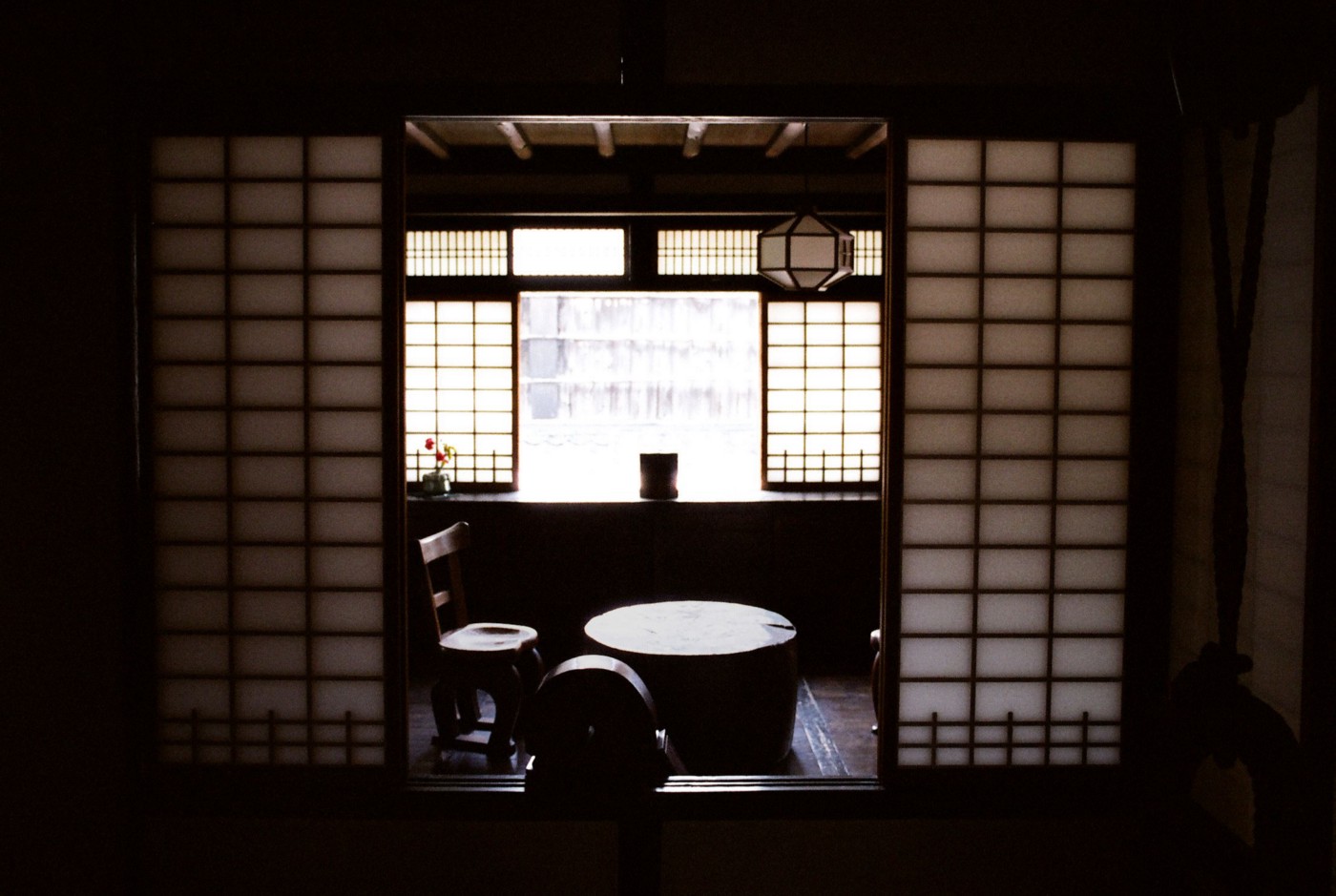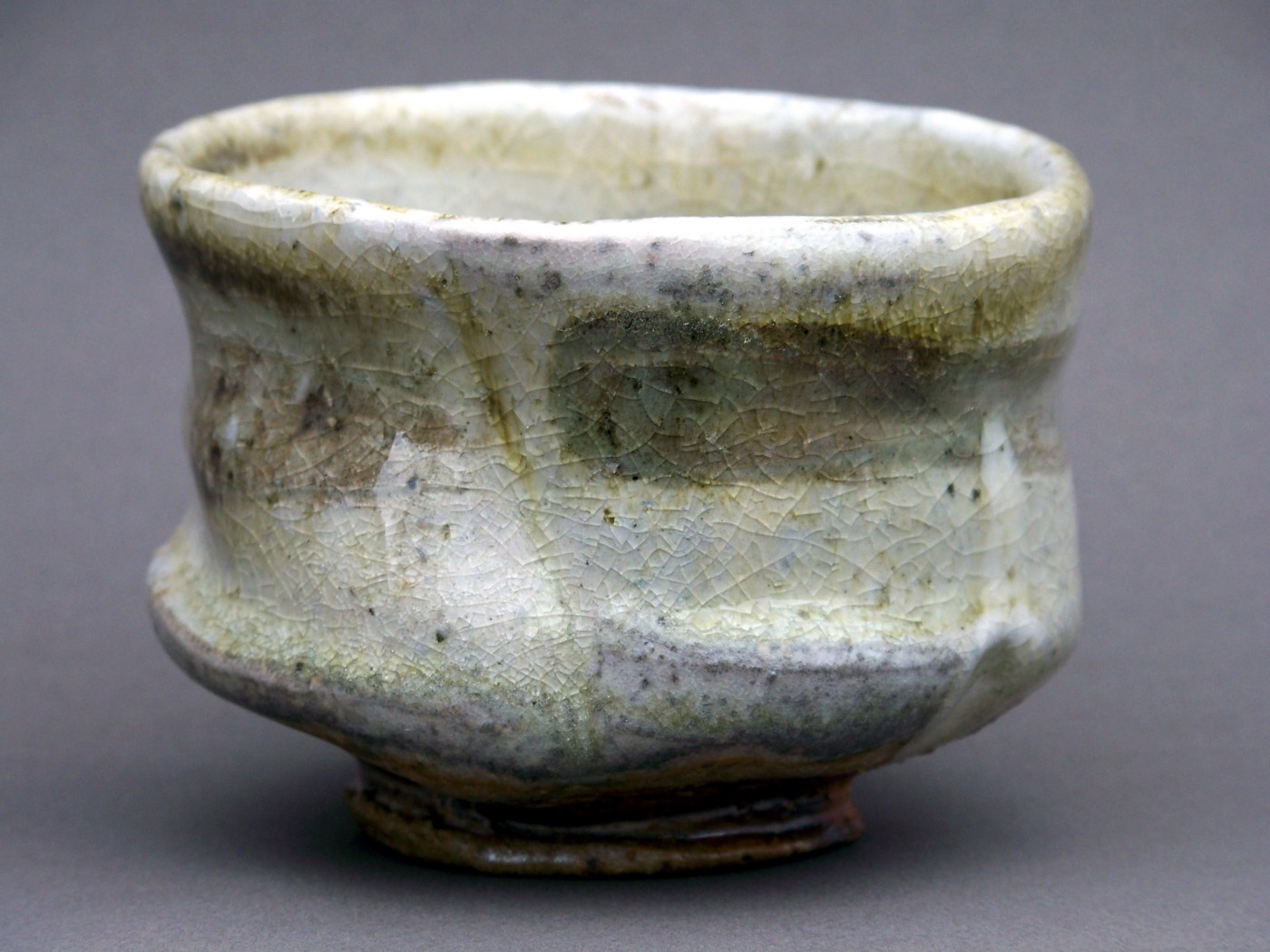Perfect Is Dead

Design Lessons From The Uncarved Block
There is a concept in Chinese Taoism called pu 樸, the uncarved block. The common image is of a block of stone in its rough, natural state, untouched by human hands. Anyone who has spent time in the mountains knows the severe sculptural beauty of rock shaped over aeons by glacial ice and tectonic movement. Each and every irregular hunk of granite decorating the mountain’s slopes, seemingly unremarkable and inert, is yet alive with the sort of unfussy artistry only nature can achieve. Look closely. A million snowy nights are etched into its surface and still it’s a work-in-progress, shaped by wind, ice, and stone. Such forms are the work of no mind and can only be created this way.

A training exercise in Japanese sumi-e ink brush painting is to deliberately apply dots of ink to a blank page without making a pattern. You might take the patternless scatter of stones on the mountain slope as inspiration. Yet try as you might, you eventually realize this task is humanly impossible. The exercise reveals something fundamental about the human mind: anything we create deliberately will have a pattern, a conceptual order. We simply can’t help it. It’s how we are.
Perhaps if I work at it for years, the sumi-e master can teach me to quiet my mind, to stroke my brush as unselfconsciously as a bird darts from branch to branch. But here and now, ink brush in hand, paused at the foot of the mountain, I wonder: what can the uncarved block teach me about the creativity of no mind when I can’t seem to keep mine quiet?

The home of Kawai Kanjiro (1890–1966). Photo by Daniel Steinbock.
Naked to the work
The work reveals the naked self.
Who is moving
This hand of mine?- Kawai Kanjiro
Wabi Sabi
Kawai Kanjirō (1890-1966) was a Japanese ceramics master and woodworker, whose pottery designs embodied the elusive aesthetic principle of wabi sabi. Kanjiro-sensei once defined wabi sabi as “ordered poverty,” as if to say, in an unadorned room with few possessions, the beauty of simple objects is vastly magnified.
More generally, wabi sabi is an attitude towards one’s craft that embraces imperfection. There is something delightfully indecent about the rough-hewn, lop-sided form of a Japanese chawan (tea bowl) that reminds one of the uncarved block of granite, or the pockmarked face and body of an old man. With pottery, as with people, imperfection lends character, memorability, one-of-a-kind-ness.

Japanese-style tea bowl (Michael Simmons)
For wabi sabi practitioners, perfection is just a head trip, separating you from the innate intelligence of your handiwork. Perfect symmetry and exact geometry are the cold Platonic territory of rationality and machine-manufacturing, ultimate expressions of abstract thinking. While we may appreciate exactitude with the part of ourselves that delights in formal pattern, there is an under-appreciated corollary to perfection: a perfect form is dead. It has no room to grow, move, stretch, or transform, because any change spells a deviation from perfection. Perfection is rigid, stultifying to innovation, end-all-be-all, boring.
Imperfect is alive, in flux, starts arguments, and raises questions: the deliberately accidental effect of ink running down a page, the strangely askew belly of a Japanese tea bowl — hell, the way this article’s text and images flow to fit a window of any size trades pixel-perfect layout for something that can live on anyone’s screen. It’s not so different from the tea bowl that looks different from every angle, which is why one turns it round and round in admiration during a tea ceremony. Even machine-made objects and yes, even software, grow thankfully imperfect through human use and habitation, populated by our fingerprints, our breadcrumbs, our content. It’s not so different from the running ink’s patternless pattern, that can never be fully grasped, no matter how long you look; in fact, its pattern will appear to change over time, for you yourself are changing.
Moments of No Mind
I am not suggesting that anyone put pimples on their user interfaces or give their grids crooked edges. The lessons here are not about finished forms and products; they’re about creative process — the living relationship between you and your work.
You can’t know where inspiration strikes from. You wouldn’t want to. Your best work, wisest choices, and most graceful moves emerge from moments of no mind. Often, these moments are so fleeting you don’t even notice. Your job is to make room for them in your life, take notice, and carry forward what arises.
Avoid the certain death of perfection. Embrace the liveliness of accident and whimsy, pimples and all. This is not a license to be lazy under the banner of ‘everything is a prototype.’ A creative person’s mind naturally seeks perfection; you wouldn’t be doing the work otherwise. Be satisfied with the seeking itself. Your best work is always ahead of you.
In the first fat pencil strokes of a sketch, in the first playfully cobbled cardboard of a product mock-up, see the rough-hewn form of the uncarved block. Not embarrassingly imperfect, but unselfconsciously inspired. Alive, going somewhere.
References:
- We Do Not Work Alone: The Thoughts of Kanjiro Kawai (1953)
- Wabi-Sabi: for Artists, Designers, Poets & Philosophers by Leonard Koren (1994)
- The Tao of Pooh by Benjamin Hoff (1982)
- Tea bowl created & photographed by Michael Simmons